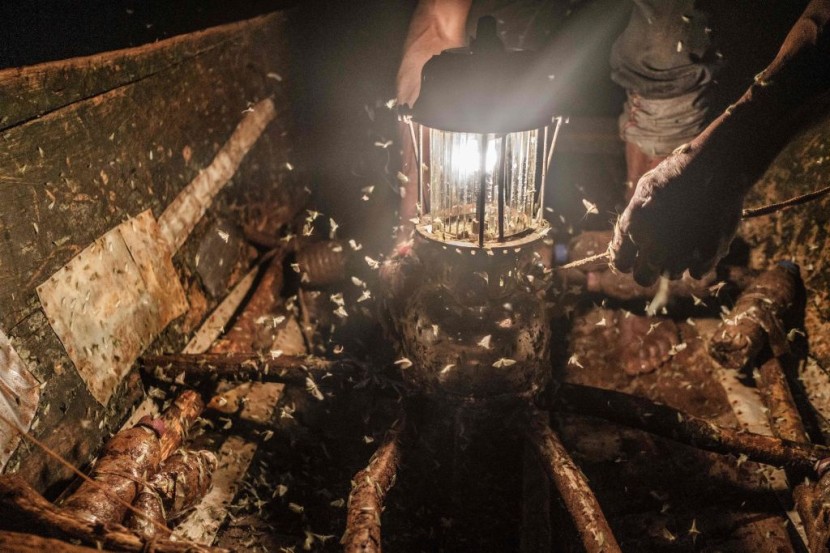A new study suggests a new theory of why insects are attracted to artificial light, which is that the creatures' sense of direction is actually being messed with by the illumination.
The question of what brings insects toward lights of all kinds, including flames and porch lamps, is an ancient one. A postdoctoral research associate at Imperial College London, Sam Fabian, said that this phenomenon has been observed for thousands of years, even being found in ancient writing.
Effect of Artificial Light on Insects

Fabian, alongside Yash Sondhi and other biologists, set up high-speed video cameras, both in the field in Costa Rica and in their laboratory. They sought to see exactly how light affected the movements of flying insects, such as butterflies, moths, and dragonflies, at night.
In their lab, the researchers used motion capture by outfitting the insects with miniaturized markers similar to what actors wear in action scenes for films or video games. Fabian said that what they observed gave phenomenal resolution to what was going on with the insects, as per Business Insider.
Even only analyzing the video footage, the researchers quickly observed a common trend across several species. This is that they exhibited what Fabian described as "these strange paths."
The insects were seen turning their back toward the light and if that illumination was below or horizontal to their flight path, it often caused the insects to fly in circles or crash. It seemed like they were using the light source as a means to orient themselves to the sky.
The executive director and collections manager at the Essig Museum of Entomology, Peter Oboyski, said that when bugs get too close to artificial light, they can become almost trapped by it. He added that the idea is that the creatures want their dorsal surface to face the light, which he said made a lot of sense.
Messing With Their Sense of Direction
This habit is more logical in the dark because in a natural setting, such as a forest, the star-strewn sky is the brightest light source. Any insect that flies in all directions through the air can quickly reorient themselves by pointing its back toward the light, according to NPR.
Fabian noted that a flying insect while veering in multiple directions, can frequently experience whole-body accelerations that could be five times the acceleration due to gravity. This makes it difficult for the creatures to tell up from down.
The researcher noted that it is a very smart way to reorient themselves and works well until the invention of the lamp or the light bulb. The new research showed that when the brightest light source is an artificial one, the insects tried to keep their backs tilted towards it and flew in crazed patterns.
For a long time, researchers warned that light pollution is a big driving force in the dramatic decline in populations of insects. Moths and other insects become trapped around lamps, thus becoming easy prey for predators. Additionally, the light can trick them into thinking it's daytime and skip nighttime feeding altogether, said The Guardian.
Related Article: Found at Last? Ocean Explorers Possibly Discover Amelia Earhart's Plane
© 2025 HNGN, All rights reserved. Do not reproduce without permission.








